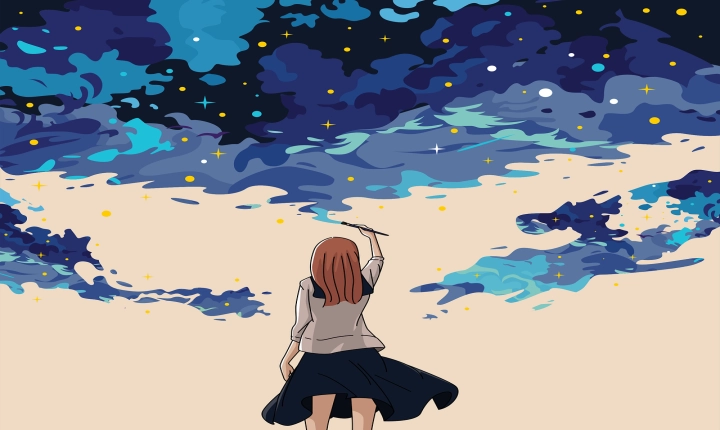Title: Creating Stunning Images with AI: A How-To Guide
In today’s digital age, creating captivating images has become more accessible than ever, thanks to the advancements in artificial intelligence (AI). AI-powered tools and software have revolutionized the way designers and creators produce stunning visuals, making the process faster, more efficient, and incredibly innovative. In this article, we will explore the various ways in which AI can be utilized to create striking images and provide a step-by-step guide for incorporating AI into your design process.
1. Image Generation:
One of the most exciting applications of AI in image creation is its ability to generate entirely new visuals. Generative Adversarial Networks (GANs) have gained attention for their capability to produce realistic images by pitting two neural networks against each other – one to generate images and the other to critique them. This process can be used to create anything from landscape scenes to human portraits, and the results are often indistinguishable from photographs.
To generate images using GANs, you can start with an existing dataset of images relevant to the type of visuals you want to create. Then, utilize pre-trained GAN models available in AI software, such as TensorFlow or PyTorch, to produce new, original images. By adjusting parameters and training the model on your specific dataset, you can fine-tune the output to align with your creative vision.
2. Image Editing and Enhancement:
AI-powered tools like Adobe Photoshop and Lightroom have incorporated smart features that utilize machine learning algorithms to assist with tasks like color correction, skin retouching, and object removal. These tools can analyze the content of an image and suggest enhancements and adjustments, offering an intelligent and time-saving way to optimize visuals.
For instance, if you’re working on a portrait, AI-based tools can identify and automatically enhance facial features, smooth skin imperfections, and adjust lighting for a more flattering result. Additionally, AI algorithms can aid in background removal, making it simpler to isolate subjects and create compelling compositions. By incorporating AI-driven editing tools into your workflow, you can streamline the image enhancement process and achieve professional-quality results with ease.
3. Style Transfer:
Another fascinating application of AI in image creation is style transfer, a technique that allows you to apply the artistic style of one image to another. Using convolutional neural networks, AI algorithms can analyze the style and content of separate images and merge them into a single, cohesive composition.
To experiment with style transfer, you can leverage dedicated AI platforms like DeepArt or incorporate code libraries like Torch or Caffe for more customized implementations. By feeding the algorithm a content image and a style reference, you can generate captivating visuals that combine the subject matter of one image with the aesthetic qualities of another, resulting in unique and visually compelling creations.
4. Data Visualization and Infographics:
AI can also be leveraged to create informative and visually engaging data visualizations and infographics. By utilizing machine learning algorithms to analyze complex datasets, you can generate dynamic and interactive visualizations that effectively convey information in a clear and compelling manner.
Tools like Tableau and Power BI employ AI-driven features to automatically generate charts, graphs, and dashboards based on raw data, enabling users to create impactful visual representations without extensive design expertise. Additionally, AI-powered infographics generators, such as Piktochart and Infogram, offer templates and design suggestions based on inputted data, simplifying the process of crafting attention-grabbing visual narratives.
In conclusion, artificial intelligence has significantly expanded the possibilities for image creation, offering a wealth of innovative tools and techniques to designers and creators. By exploring the diverse applications of AI in image generation, editing, style transfer, and data visualization, you can infuse your creative projects with unparalleled depth and visual allure. Incorporating AI into your design process not only enhances efficiency and precision but also encourages experimentation and exploration, paving the way for groundbreaking visual storytelling. Embrace the power of AI in image creation, and unlock a world of endless artistic potential.
